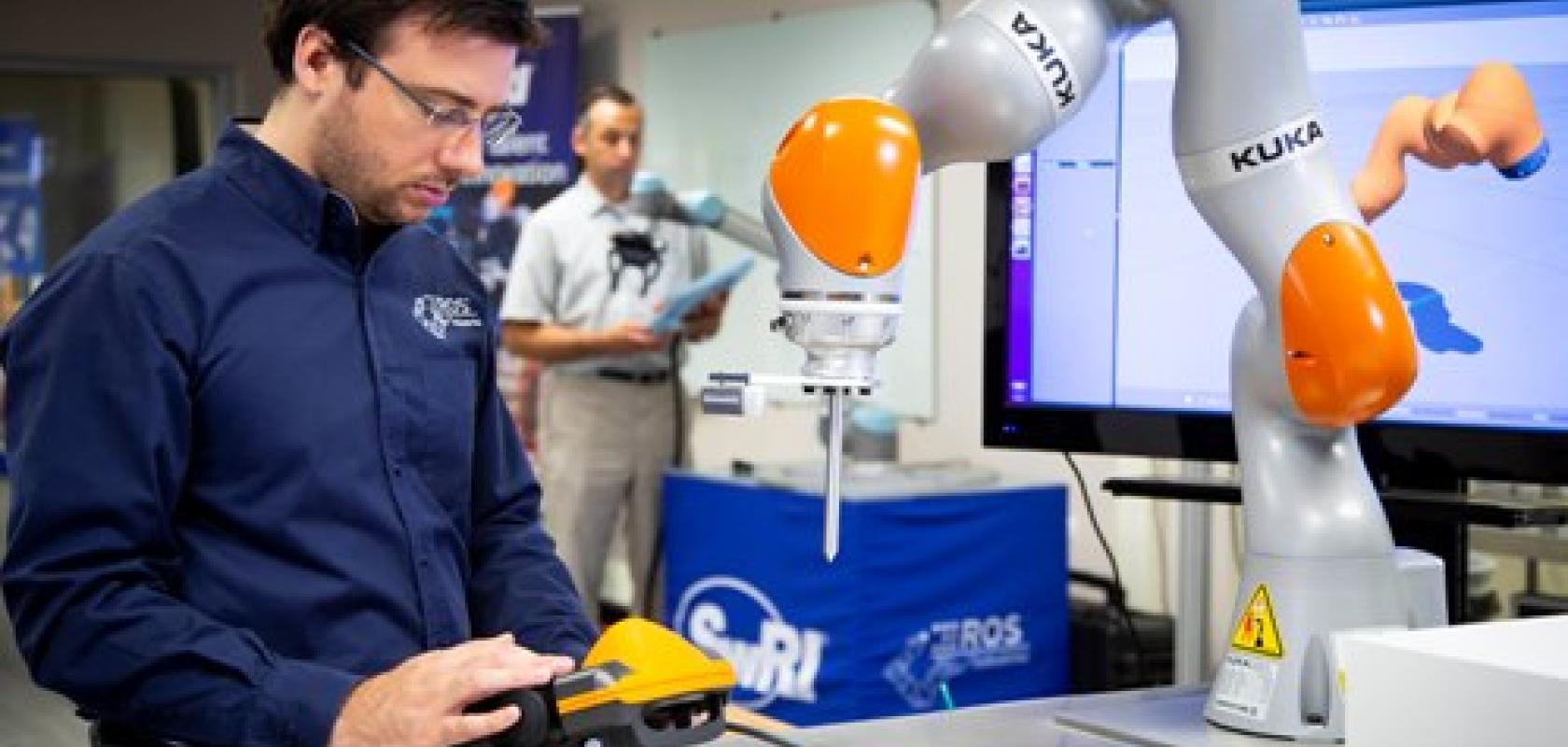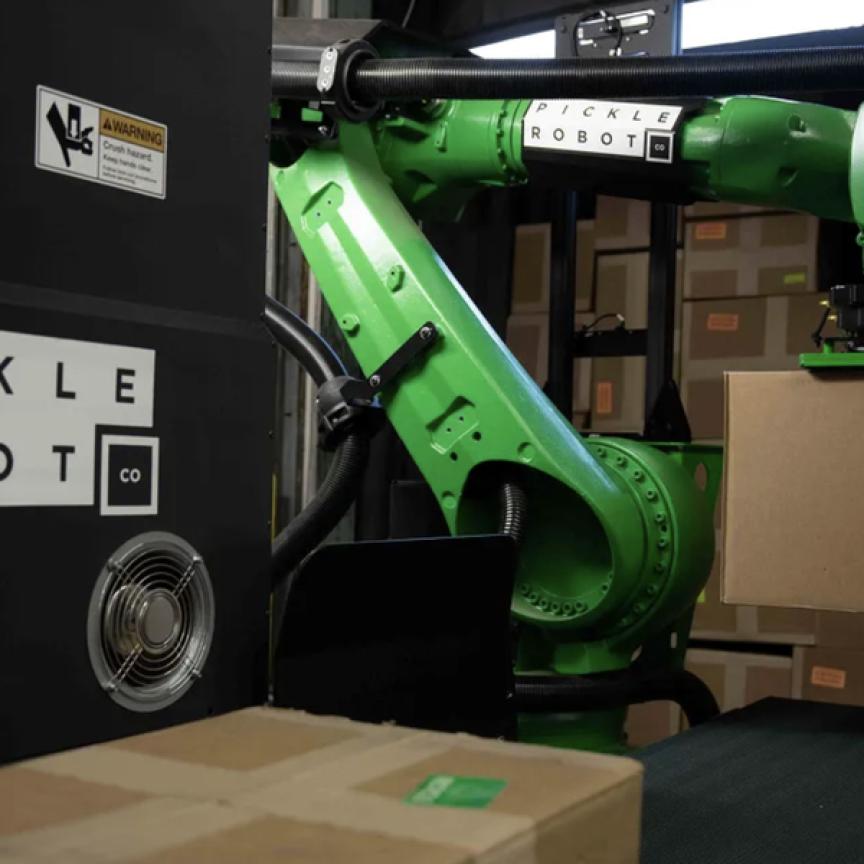Contract R&D organisation, Southwest Research Institute, has developed a vision solution that improves robot handling of shiny metallic objects.
The project integrates intelligent part reconstruction using the second generation of the Robot Operating System (ROS2) framework, an open-source software consortium for robotics applications.
Southwest Research Institute is demonstrating its technology at Automate in Chicago, from 8 to 11 April.
Within the ROS framework is ROS-Industrial, which extends ROS capabilities to robotics in manufacturing and automation. This latest Southwest Research Institute and ROS-Industrial solution uses ROS2 to integrate cameras affixed to a robotic arm, collecting point cloud data at a high frame rate to create a 3D output mesh that optimises path planning.
Some machine vision cameras and algorithms can struggle to render accurate 3D images of metallic objects because of light scattering off highly reflective surfaces. This challenge limits automation of welding and surface finishing processes in aerospace and automotive manufacturing.
Southwest Research Institute, in collaboration with ROS-Industrial, overcomes this challenge by integrating truncated sign distance field algorithms that stitch together several images, or point clouds, at a higher rate. The solution uses TrajOpt, or trajectory optimisation for motion planning, within the ROS-Industrial Scan-N-Plan framework, to enable real-time trajectory planning from 3D scan data.
‘This is a great case study in the benefits and challenges of integrating ROS2 into industrial robotics,’ said Matt Robinson, a Southwest Research Institute manager who supports ROS-Industrial. ‘It also shows how advanced perception algorithms can enable faster, more reliable scanning of metallic objects.’
Robinson said the project also underscores the benefits of a ROS-based approach, as this solution is hardware agnostic. The sensors and robot may be changed with relatively little effort.
ROS-Industrial provides manufacturers with standard software drivers for end effectors and fine-motor movement hardware that typically use earlier ROS software.
‘This project was ultimately a successful bridge from ROS to ROS2,’ Robinson said. ‘But we know it’s going to be a big task to move toward ROS2 as so many dependent packages and capabilities are still in ROS.’
Southwest Research Institute initiated the development of ROS-Industrial in 2012 through an internal research programme conducted with industry collaborators. Southwest Research Institute maintains the ROS-Industrial software repository and manages the ROS-Industrial consortium.
The ROS-Industrial consortia – with branches in the Americas, Europe, and Asia – provide cost-shared applied research and development for advanced factory automation.


